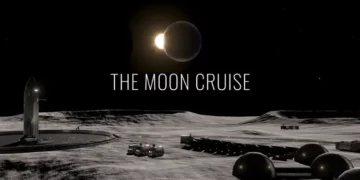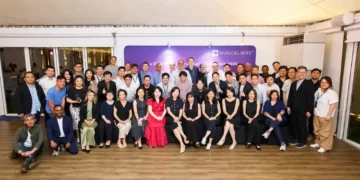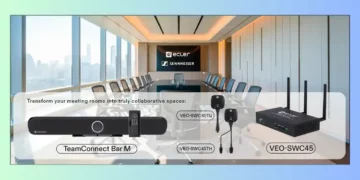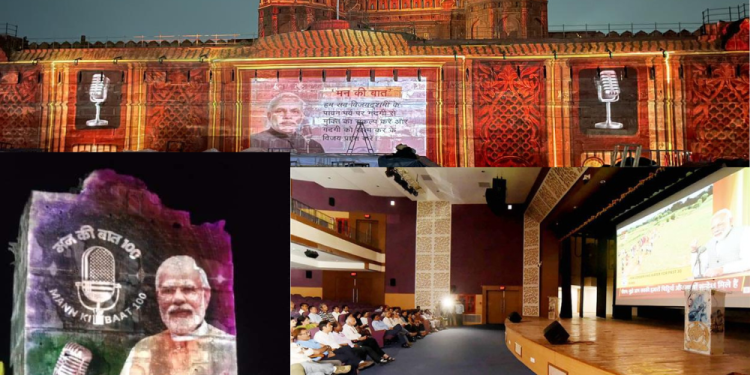Man Ki Baat! There is hardly anyone in India today who doesn’t know what it is. It is the mindspace that Prime Minister Narendra Modi shares with the countrymen on the last Sunday of every month- on various topics concerning the country in a very positive perspective. It’s recently achieved a significant milestone of touching 100 episodes.
However, what may not be known to most Indians is how it embraced technology to propagate the mission. While the government did propagate how it intends to do it, it was a massive operation involving expansive application of audio-visual technology- where as many as 13 locations across India had been chosen for massive projection mapping involving nearly 100 projection systems, and truly monumental levels of content production.
A very snappy account on a huge stake of achievement for Modern State Services Pvt Ltd, and their principal brand Christie:
………………………………………………….
Pride, purpose, propagation, and “projection”! It’s a kind of powerful mantra of promotion. And when it is done by perfectionists with power and perspective, it is something to truly pride the prominence.
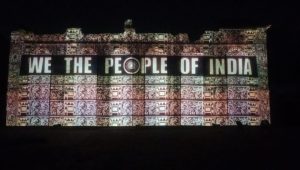 Yes, the Man Ki Baat initiative that the country’s Prime Minister Narendra Modi began on 3 October 2014, touched the magical figure of 100 on 30 April. That it was a prideful occasion of successfully running for 100 months, and it also fell in the celebration time of 75 years of Indian Independence, the government wanted to propagate the message far and wide, thick and deep, it had a huge technology stake to spread it.
Yes, the Man Ki Baat initiative that the country’s Prime Minister Narendra Modi began on 3 October 2014, touched the magical figure of 100 on 30 April. That it was a prideful occasion of successfully running for 100 months, and it also fell in the celebration time of 75 years of Indian Independence, the government wanted to propagate the message far and wide, thick and deep, it had a huge technology stake to spread it.
On one side it was ideated to take the fancifully adopted projection mapping technology to the next level, on the other side it was decided to broadcast across the globe to every point of Indian presence and prominence.
The government had widely publicised via the media channels that it intended to erect as many as four lakh display set-ups across the country to facilitate watching/listening the Prime Minister deliver his 100th mindshare. In addition to that, the initiative was marked by:
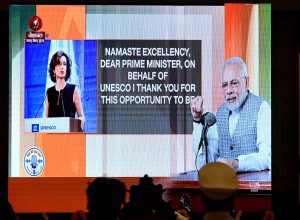
- Special screening at the United Nations
- Special screening at Indian High Commissions across the world
- Special screening at all the Raj Bhavans
- Special screening arrangements in by the party in different States
- Special screening at the headquarters of the ruling Bharatiya Jayata Party & more
Interestingly, UNESCO Director General Audrey Azoulay interacted with the Prime Minister on the occasion.
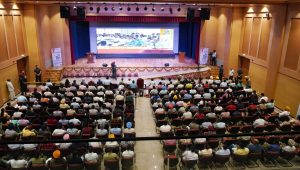
In some States, even movie halls have been booked by the party ranks to facilitate watching/listnening the special episode.
Even as this was being done for the 30-minute programme, a much larger, and pure technology play had been taking shape across the country. Check this out:
As many as 13 locations stretching Kashmir to Kanya Kumari and Gujarat to Assam had been chosen for special projection mapping highlighting the ‘spirit of India.’
The 13 locations included:
| · Red Fort in New Delhi – 19 projectors
· Gwalior fort in Madhya Pradesh – 8 projectors · Konark Sun Temple in Bhubaneshwar – 8 projectors · Golconda Fort in Telangana – 4 projectors · Vellore Fort in Tamil Nadu – 4 projectors · Gate of India in Mumbai – 6 projectors |
· Gumla Palace in Jharkhand – 6 projectors
· Ramnagar Palace in Udhampur – 6 projectors · Residency building in Lucknow – 6 projectors · Modhera Sun Temple in Gujarat – 5 projectors · Sibsagar in Assam – 6 projectors · Chittorgarh in Rajasthan – 6 projectors Prathanmantri Sangrahalay in New Delhi – 6 projector |

A total of nearly 100 Christie HS20 series projectors have been roped in for prestigious initiative while on the audio side it was Harman, and media servers from Pixera.
“It was an initiative ideated and promoted by Ministry of culture,” informs Pratik Wadhwa, CEO of Modern Stage Services Pvt Ltd, how landed the hugely challenging project. “It was extremely challenging in deed, for managing the simultaneously is no way an easy talk.”
According to him, each project involved closed coordination amongst the content development team and subject matter experts, and Ministry officials perusing and validating it. However, with precision and expertise they were able to handle this.
While the MSS had made quite a big name in the trade, especially in the government segment, with quite a few prestigious projection mapping installs, this one was particularly different and potentially challenging. For it allowed for zero-error tolerance, given the occasion it was meant for.
It’s success is certainly a hugely popular mantra.


